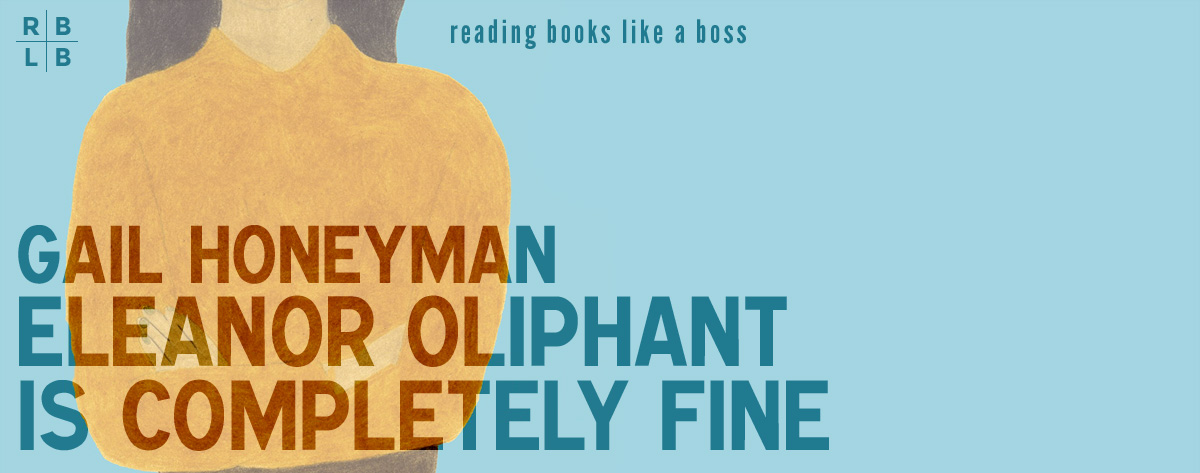


It is a novel full of lump-in-your-throat moments that leave you feeling both desperate sorrow and intense warmth. Piece by piece, you begin to fill in the gaps of the terrible trauma she endured.

Through the book, as their friendship develops, you watch Eleanor allow herself to confront her complex past. That is, until she meets Raymond, who shows her the importance of kindness and, most crucially, her life can be much happier – she deserves it. There have been times where I felt that I might die of loneliness.”) (“I took one of my hands in the other, tried to imagine what it would feel like if it was another person’s hand holding mine. It quickly becomes clear she is absolutely not ‘completely fine’. She is a woman who avoids social contact, who loves her houseplant named Polly, who has the most terrific vocabulary but doesn’t recognise massive pop culture references (such as Top Gear, SpongeBog Squarepants and ‘mofo’), and who thinks ‘Bobbi Brown’ is lazy for never showing up to work. She works an uninspiring office job Monday to Friday, she takes 15 minutes every Wednesday evening to speak with her imprisoned ‘Mummy’ on the phone, and she spends her weekends cooped up inside her tiny apartment eating supermarket pizza washed down with two bottles of vodka. Thirty-year-old Eleanor is a fiercely independent, curious character you slowly grow to love.Įvery week of her life in Glasgow plays out exactly the same.

I’d heard nothing but good things – from friends, colleagues and many, many Facebook posts. When I finally opened up my copy Eleanor Oliphant is Completely Fine on holiday last week, I was pumped to sink my teeth in. This is, after all, an article about the ending. SPOILER ALERT: If you haven’t read ‘Eleanor Oliphant is Completely Fine’ and intend to, do not read on.


 0 kommentar(er)
0 kommentar(er)
